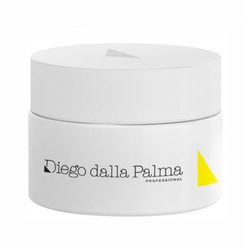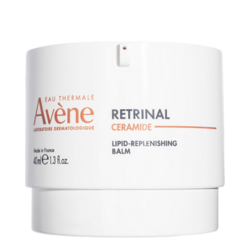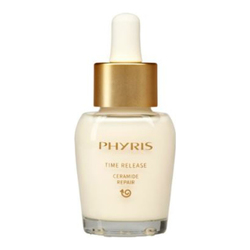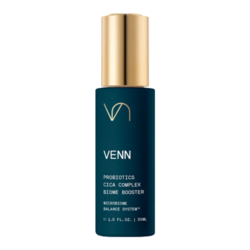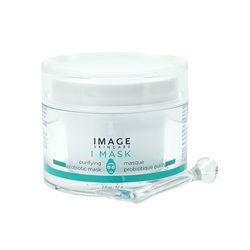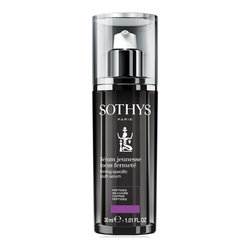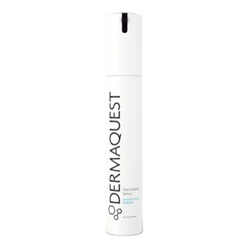Stronger Skin Starts Within: The New Science of Barrier Wellness

Healthy skin begins with protection — a complex layer that keeps hydration in and environmental stress out. Recent dermatological studies have uncovered how this outer layer, once seen as a simple coating, is actually a dynamic, living system with its own structure and repair mechanisms.
Through clinical testing, scientists now understand that this layer can be measured, trained, and strengthened over time. Using technologies like TEWL (Transepidermal Water Loss) analysis and lipid mapping, researchers can track how ingredients restore balance and hydration at a cellular level.
In short, skincare has evolved from treating the surface to enhancing the skin’s self-repair intelligence.
Understanding the Skin Barrier: More Than Just a Surface
 |
Think of the skin as a fortress—its outermost layer made of tightly packed cells (the “bricks”) held together by essential lipids (the “mortar”). When that structure weakens, moisture escapes, irritation sets in, and the skin becomes more reactive. Key facts to remember:
|
Recent dermatological papers even treat this function as a biomarker of overall skin health, marking a shift toward measurable, data-driven skincare.
Measuring Barrier Strength: The Clinical Tools
|
In parallel, lipid profiling (lipidomics) has emerged: measuring not just the amount of lipids in the barrier but also their composition (e.g., chain length of ceramides) and ratios (ceramide:cholesterol:fatty acid ˜ 1:1:1), which have been shown to be critical for optimal barrier function. |
 |
Recent studies also link barrier function with the skin microbiome and even AI-based measurements from smartphone images.
"When your barrier thrives, every other part of your skincare routine performs better."
Breakthroughs in Barrier Repair: What the Clinical Studies Show
Ceramide-Based Formulations
Ceramides are the skin’s natural moisturizers—but not all formulas work the same. Clinical studies now show that the ratio of ceramides, cholesterol, and fatty acids determines how well the skin recovers.
-
A double-blind study (PubMed ID: 31585489) found that a moisturizer with ceramides 1, 3, and 6-II improved hydration and lowered TEWL after four weeks.
-
Another trial using a lipid emulsion in a 1:1:1 ratio restored hydration and pH balance in people with chronic dryness and eczema.
-
A 2024 clinical test on 32 volunteers confirmed that ceramide-rich lotions enhanced hydration within 24 hours.
These findings confirm that balance and composition, not just ingredient count, are critical for visible results.
C$ 120.50
C$ 106.00
C$ 103.00
 |
Probiotic Lysates and Microbiome Support
Recent research has also focused on the skin’s microbiome—the community of beneficial bacteria that protect against irritation and inflammation.
Clinical results include:
-
A 2023 study on Lactobacillus rhamnosus lysate showed a reduction in TEWL and redness, with a measurable increase in moisture after 30 days (PubMed ID: 37803101).
-
Other trials found that probiotic lysates increased the production of key structural proteins such as filaggrin and claudin-1, improving cell cohesion and smoothness.
In simpler terms, probiotics don’t just soothe—they help the skin relearn how to protect itself.
C$ 245.00
C$ 95.00
C$ 94.00
Niacinamide and Peptides
Niacinamide (vitamin B3) remains one of the most widely researched nutrients for strengthening the outer layer. Studies show that it:
-
Boosts ceramide synthesis,
-
Reduces inflammation,
-
And enhances overall hydration.
Signal peptides—short amino acid chains that trigger repair—are also gaining traction. They improve elasticity, texture, and density, promoting long-term resilience instead of temporary softness.
C$ 157.50
C$ 110.50
C$ 88.00
The Future of Barrier Science
 |
Wearables and AI may soon allow users to monitor barrier health at home, track how well their routine supports their barrier, and make informed tweaks. |
Meanwhile, new actives—from next-gen peptides to postbiotics—are being tested for barrier repair beyond simple hydration. The concept of “barrier fitness” is shifting from marketing jargon to measurable science.
 |
The Future of Barrier Science
 |
Wearables and AI may soon allow users to monitor barrier health at home, track how well their routine supports their barrier, and make informed tweaks. |
Meanwhile, new actives—from next-gen peptides to postbiotics—are being tested for barrier repair beyond simple hydration. The concept of “barrier fitness” is shifting from marketing jargon to measurable science.
 |
“Repairing the barrier isn’t about coating the skin — it’s about rebuilding it.”
Final Thoughts on Barrier Health
A strong barrier is the foundation of healthy skin. The clinical evidence is clear: using the right ingredients, in the right combinations, with consistent application, can measurably improve barrier function—reducing TEWL, improving hydration, and increasing resilience.
By understanding the science behind the barrier—and applying it in your skincare routine—you’re not chasing a superficial glow; you’re investing in skin health from the inside out. Your barrier deserves that.
